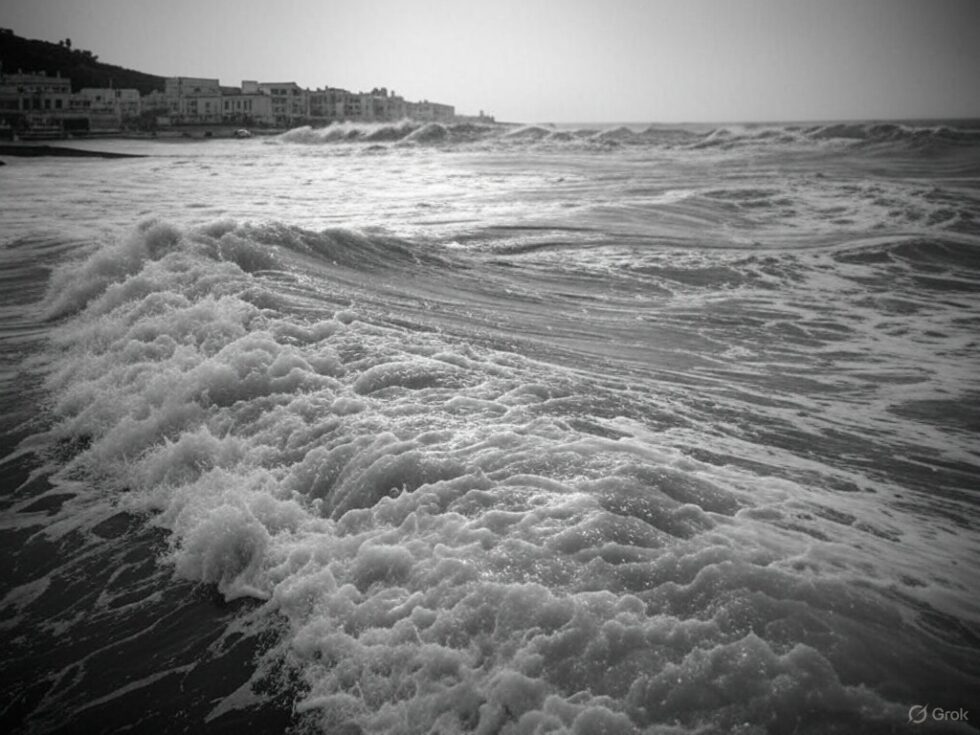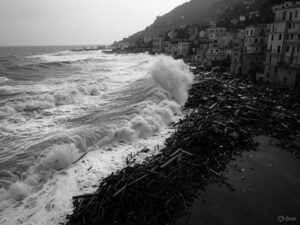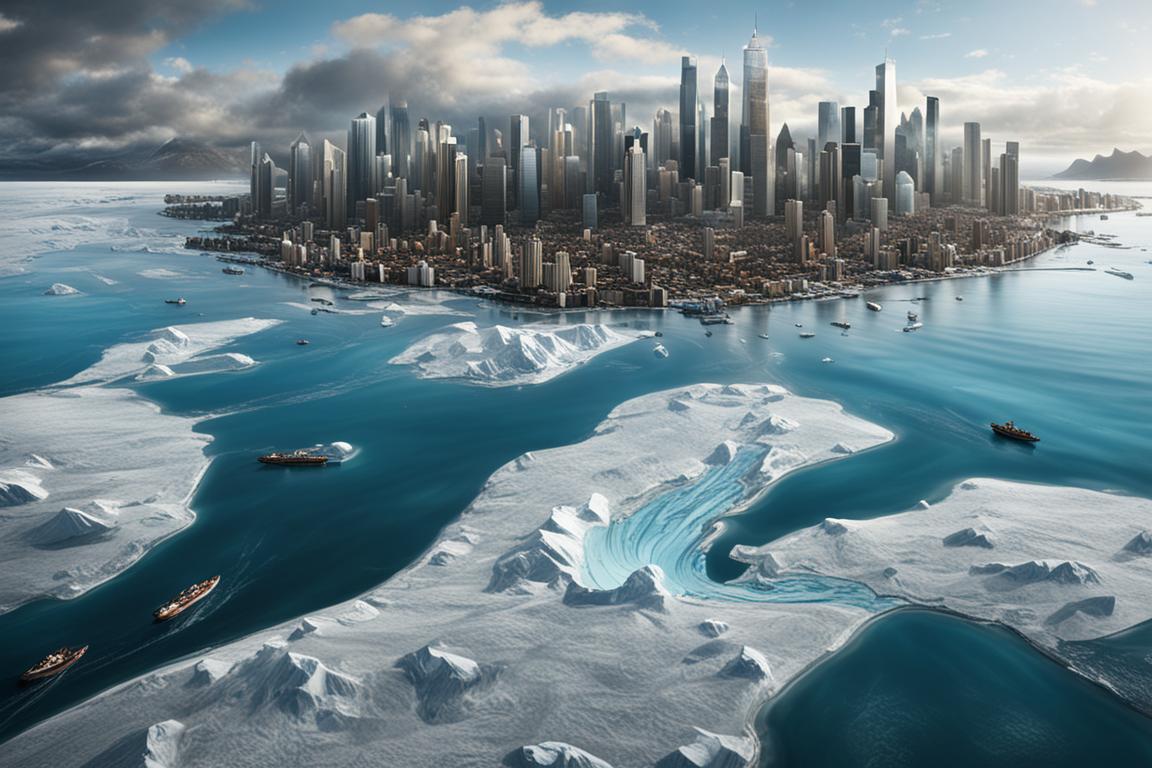
The morning sun bathed the Mediterranean coastline in a golden hue, casting long shadows over bustling markets and sleepy fishing villages. It was a day like any other, with tourists lounging on sun-drenched beaches and locals preparing for another day of work. Yet beneath the tranquil surface of the sea, forces were gathering that would soon change everything.
The first sign of trouble came from the depths—a low rumble that reverberated through the earth. Initially, it was barely perceptible, just a subtle vibration that made the pebbles on the shore dance. But soon, the tremors grew stronger, shaking buildings and sending people stumbling into the streets. Panic spread as the ground continued to quake, and those who lived by the sea knew what might come next.
In the heart of the Mediterranean, a massive underwater earthquake had occurred, shifting tectonic plates and displacing a colossal volume of water. The resulting tsunami was a wall of water, invisible at first as it raced across the sea at terrifying speed. Coastal communities from Spain to Turkey had mere minutes to react, their lives hanging in the balance as the ocean rose to claim the land.
In the small Italian town of Amalfi, the warning came too late. The sirens blared as the sea receded, exposing the seabed and leaving fish flopping helplessly on the sand. Tourists and locals alike stood frozen—some transfixed by the surreal sight, others running for higher ground. But the wave came too quickly, a towering wall of water that crashed onto the shore with a deafening roar.
Buildings crumbled like sandcastles beneath the onslaught, and the streets became rivers, choked with debris and the cries of the stranded. In the chaos, people clung to anything they could find, desperate to stay afloat. Boats were tossed like toys, and cars were swept away, their horns blaring futilely as they were swallowed by the sea.

As the wave continued its relentless march, it left a trail of devastation in its wake. In Greece, the ancient ruins of Athens stood as silent witnesses to the catastrophe, their marble columns weathering the flood as they had weathered countless storms before. In Egypt, the Nile Delta was inundated, its fertile fields turned to swamps, the lifeblood of the region choked by saltwater.
In the aftermath, the world watched in horror as the true scale of the disaster became clear. The death toll was staggering, and those who survived faced a new struggle, as homes and livelihoods were swept away. Governments and aid organizations mobilized, sending food, water, and medical supplies to the affected regions, but the task was immense.
Yet, in the midst of tragedy, stories of hope and resilience emerged. In Spain, a group of fishermen who had been out at sea when the wave struck returned to find their village in ruins. Undeterred, they set about rebuilding, using their boats to ferry supplies and rescue those trapped by the floodwaters. In Turkey, a young woman who had been swept out to sea clung to a piece of driftwood for hours before being rescued by a passing ship. Her story of survival became a symbol of the human spirit’s ability to endure.
As the days turned into weeks, the Mediterranean began to heal. The waters receded, leaving behind a landscape forever altered by the tsunami’s wrath. In its wake, new communities sprang up, built on the foundations of those that had been lost. People came together, united by a shared experience, determined to rebuild not just their homes, but their lives.
The tsunami of the Mediterranean became a catalyst for change, prompting nations to reevaluate their preparedness for natural disasters. Early warning systems were improved, and coastal defenses were strengthened, as governments vowed never to be caught unawares again. More than that, it fostered a sense of unity among the diverse cultures that bordered the sea, a reminder of their shared vulnerability and their shared humanity.
In time, the scars of the tsunami faded, but its memory remained—a testament to the power of nature and the resilience of the human spirit. The Mediterranean, once a symbol of division, became a symbol of hope, its waters a reminder of the bonds that connect us all. As the sun set over the sea, casting its golden light on the waves, it promised a new beginning, a future forged from the depths of the past.




